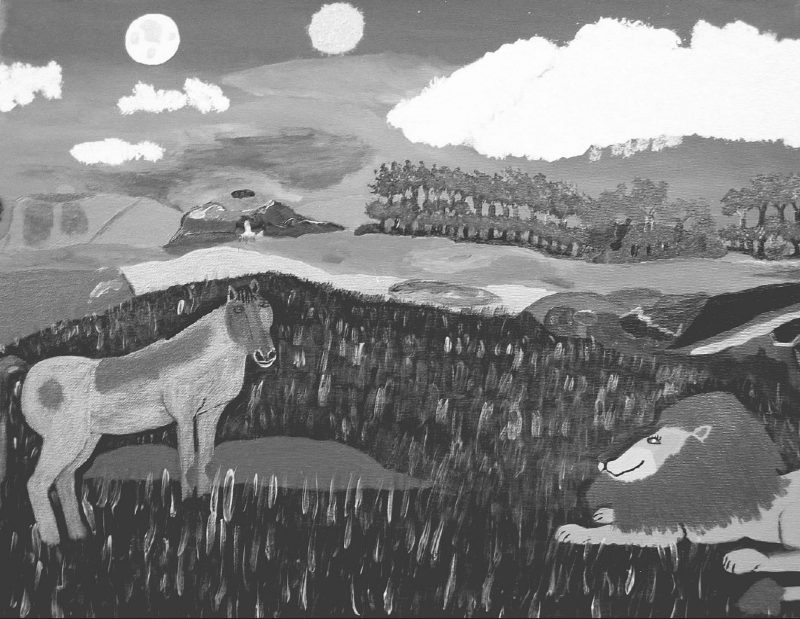The work of Miriam’s artists, described elsewhere in this issue, is marvelous and flavorful stuff. It illustrates the lives of its creators – the imagination, the ideas and the beauty.
At Street Sense, the creative medium is primarily the printed word. That might seem entirely different from painting and sketching and creative assemblages, but it’s not. Because the basics are the same: imagination, focus and skill.
Writing is like painting, or music – note by note, word by word, brushstroke by brushstroke, something is assembled, adjusted, polished.
The imagination one brings to writing is one of specific topics and ideas. Our vendors are like everyone else: everyone has a life story, a view of the world, and an idea about the future.
Some vendors write one article, and don’t seem to need to do it again. They’re obviously proud of having spoken up in print, but once it’s out there, they seem satisfied.

Others produce a few articles and move on. And some vendors find that they have a great deal they’d like to say, and even end up writing regular columns.
For all these writers, the first question is one of focus. What should be included? What should be left out? How much do I want to reveal about myself? How much detail should I give the reader? How much room do I have on the page?
For those beginning writers whose drafts include an entire universe of topics and ideas, finding the right focus can be tough. It feels wrong to cut things out – especially when they feel so compelling to the writer. Helping people find their focus is one of the greatest challenges an editor will face.
But in finding that focus, and in making an article or an essay ready to print, our writers build the skills to communicate more meaningfully with their readers. They learn by doing, as they adjust their focus, their tone, even the length of a story to fit the printed page.
That’s important to the newspaper, and to our vendors’ role as educators on homelessness. We are proud to help them learn.









